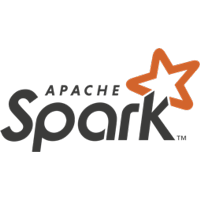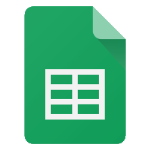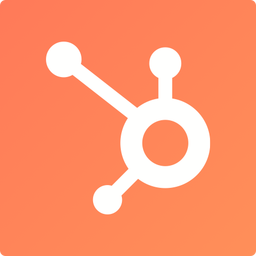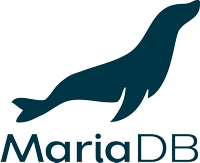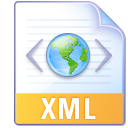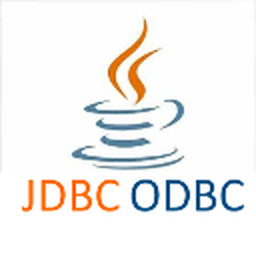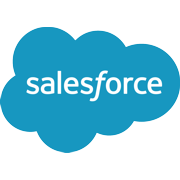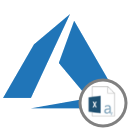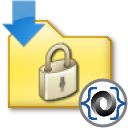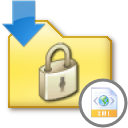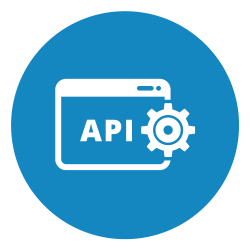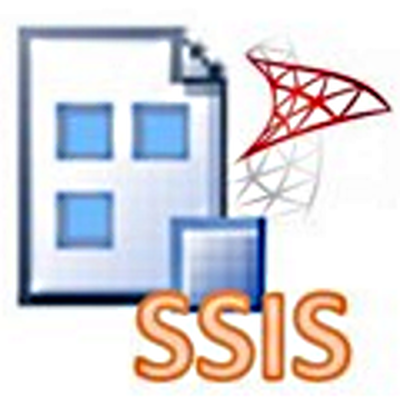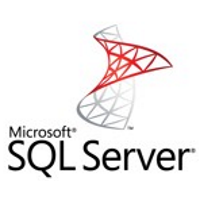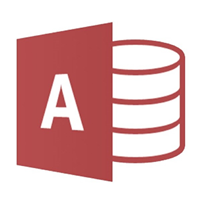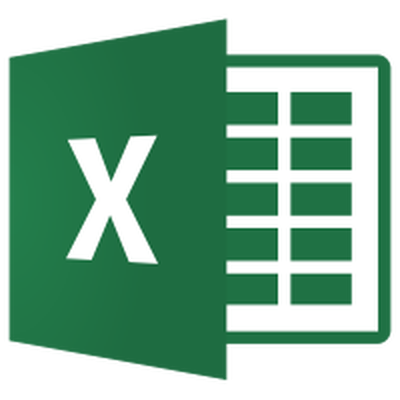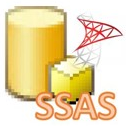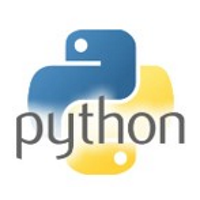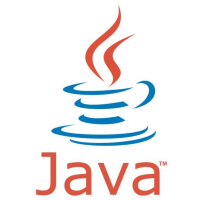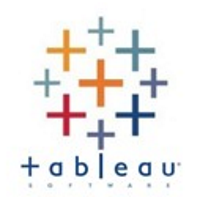Gmail Connector for SSRS
Read / search Gmail messages, download attachments, send mail and more using Gmail REST API.
In this article you will learn how to quickly and efficiently integrate Gmail data in SSRS without coding. We will use high-performance Gmail Connector to easily connect to Gmail and then access the data inside SSRS.
Let's follow the steps below to see how we can accomplish that!
Gmail Connector for SSRS is based on ZappySys API Driver which is part of ODBC PowerPack. It is a collection of high-performance ODBC drivers that enable you to integrate data in SQL Server, SSIS, a programming language, or any other ODBC-compatible application. ODBC PowerPack supports various file formats, sources and destinations, including REST/SOAP API, SFTP/FTP, storage services, and plain files, to mention a few.
Video Tutorial - Integrate Gmail data in SSRS
This video covers the following topics and more, so please watch carefully. After watching the video, follow the steps outlined in this article:
- How to download and install the required PowerPack for Gmail integration in SSRS
- How to configure the connection for Gmail
- Features of the ZappySys API Driver (Authentication / Query Language / Examples / Driver UI)
- How to use the Gmail in SSRS
Create Data Source in Data Gateway based on ZappySys API Driver
In this section we will create a data source for Gmail in Data Gateway. Let's follow these steps to accomplish that:
-
Download and install ODBC PowerPack.
-
Search for
gatewayin Windows Start Menu and open ZappySys Data Gateway Configuration: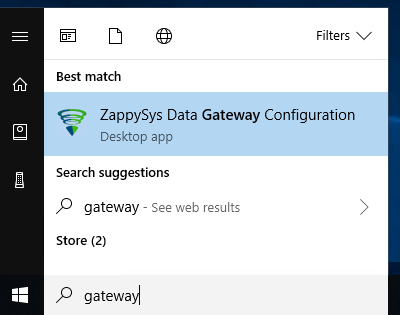
-
Go to Users tab and follow these steps to add a Data Gateway user:
- Click Add button
-
In Login field enter username, e.g.,
john - Then enter a Password
- Check Is Administrator checkbox
- Click OK to save
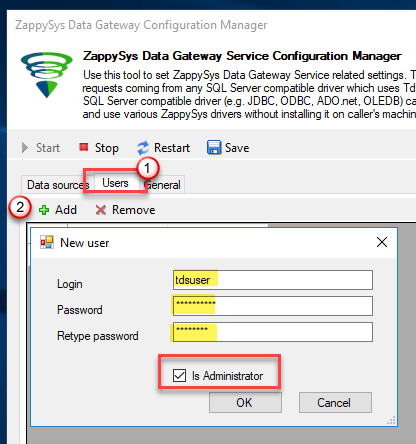
-
Now we are ready to add a data source:
- Click Add button
- Give Datasource a name (have it handy for later)
- Then select Native - ZappySys API Driver
- Finally, click OK
GmailDSNZappySys API Driver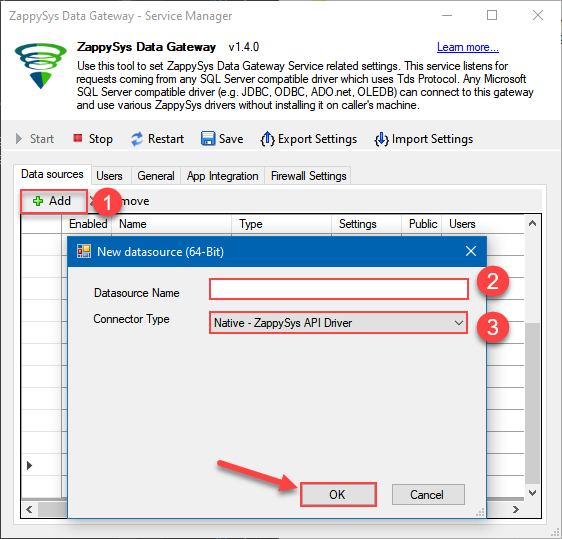
-
When the Configuration window appears give your data source a name if you haven't done that already, then select "Gmail" from the list of Popular Connectors. If "Gmail" is not present in the list, then click "Search Online" and download it. Then set the path to the location where you downloaded it. Finally, click Continue >> to proceed with configuring the DSN:
GmailDSNGmail
-
Now it's time to configure the Connection Manager. Select Authentication Type, e.g. Token Authentication. Then select API Base URL (in most cases, the default one is the right one). More info is available in the Authentication section.
Gmail authentication
To make this work you will have to create a Google Cloud project. This project forms the basis for creating, enabling, and using all Google Cloud services, including managing APIs, enabling billing, adding and removing collaborators, and managing permissions.
- Go to the Google Cloud Console
- In the Google Cloud console, go to menu IAM & Admin, and then Create a Project.
- Enter the name of the new project into the Project Name field and select the appropriate organization, then click Create.
- The console navigates to the Dashboard page and your project is created within a few minutes.
- In the Google Cloud console, go to menu More products, Google Workspace, and then Product Library.
- Now we need to enable the Gmail API.
- Search for Gmail API. Select it and then click ENABLE.
- Select the Credentials tab on the left side of the screen.
- Select the + CREATE CREDENTIALS link to reveal a drop down menu.
- In the dropdown menu, select OAuth client ID.
- If presented, click the CONFIGURE CONSENT SCREEN button and then elect the appropriate User Type based on your business needs. Otherwise, continue to step 16.
- In the OAuth consent screen tab fill in your app's website and domain information, and then click SAVE AND CONTINUE.
- In the Scopes section of the app registration, click ADD OR REMOVE SCOPES and add the following scopes:
- openid
- https://mail.google.com/
- https://www.googleapis.com/auth/userinfo.email
- https://www.googleapis.com/auth/userinfo.profile
- https://www.googleapis.com/auth/gmail.labels
- https://www.googleapis.com/auth/gmail.send
- https://www.googleapis.com/auth/gmail.modify
- https://www.googleapis.com/auth/gmail.compose
- https://www.googleapis.com/auth/gmail.readonly
- After the scopes have been added, click SAVE AND CONTINUE.
- Complete the wizard setting up scopes.
- Select the Credentials tab on the left side of the screen.
- Select the + CREATE CREDENTIALS link to reveal a drop down menu.
- In the dropdown menu, select OAuth client ID.
- In the Application type drop down, select Desktop application and then give your app client a name.
- Select the CREATE button.
- A popup window will appear that provides important information you should record for your records:
- Client ID
- Client secret
- Go to OAuth Consent Screen tab. Under Publishing Status click PUBLISH APP to ensure your refresh token doesnt expire often. If you planning to use App for Private use then do not have to worry about Verification Status after Publish.
- Back to Connection UI, Enter the client ID and client secret into the required parameters.
API Connection Manager configuration
Just perform these simple steps to finish authentication configuration:
-
Set Authentication Type to
User Account [OAuth] - Optional step. Modify API Base URL if needed (in most cases default will work).
- Fill in all the required parameters and set optional parameters if needed.
- Press Generate Token button to generate the tokens.
- Finally, hit OK button:
GmailDSNGmailUser Account [OAuth]https://gmail.googleapis.com/Required Parameters UseCustomApp Fill-in the parameter... Authorization URL Fill-in the parameter... Token URL Fill-in the parameter... Default API Version Fill-in the parameter... Default User Id Fill-in the parameter... Scope Fill-in the parameter... Optional Parameters Client Id Client Secret RetryMode RetryWhenStatusCodeMatch RetryStatusCodeList 429 RetryCountMax 5 RetryMultiplyWaitTime True Redirect URL (Only for Web App) 
-
Once the data source connection has been configured, it's time to configure the SQL query. Select the Preview tab and then click Query Builder button to configure the SQL query:
ZappySys API Driver - GmailRead / search Gmail messages, download attachments, send mail and more using Gmail REST API.GmailDSN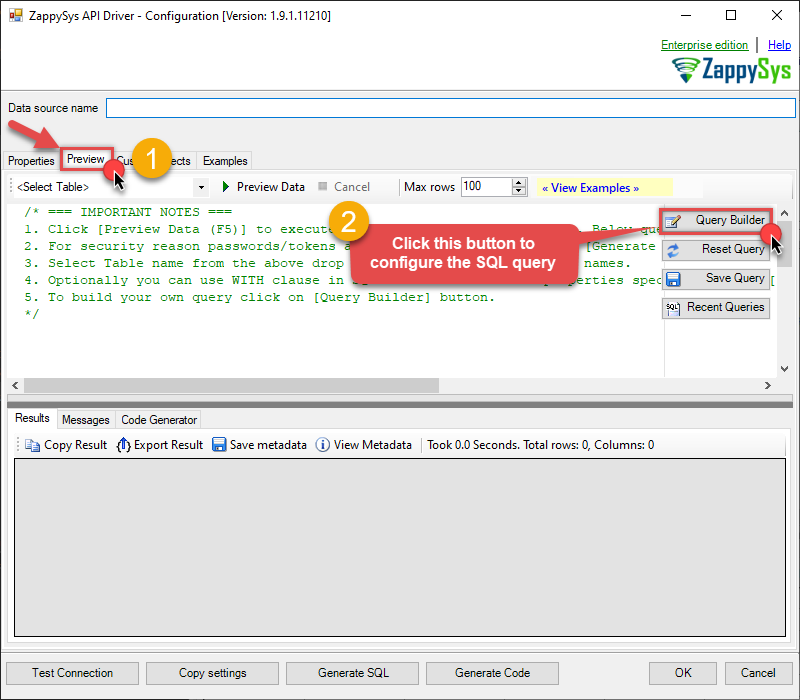
-
Start by selecting the Table or Endpoint you are interested in and then configure the parameters. This will generate a query that we will use in SSRS to retrieve data from Gmail. Hit OK button to use this query in the next step.
SELECT * FROM Messages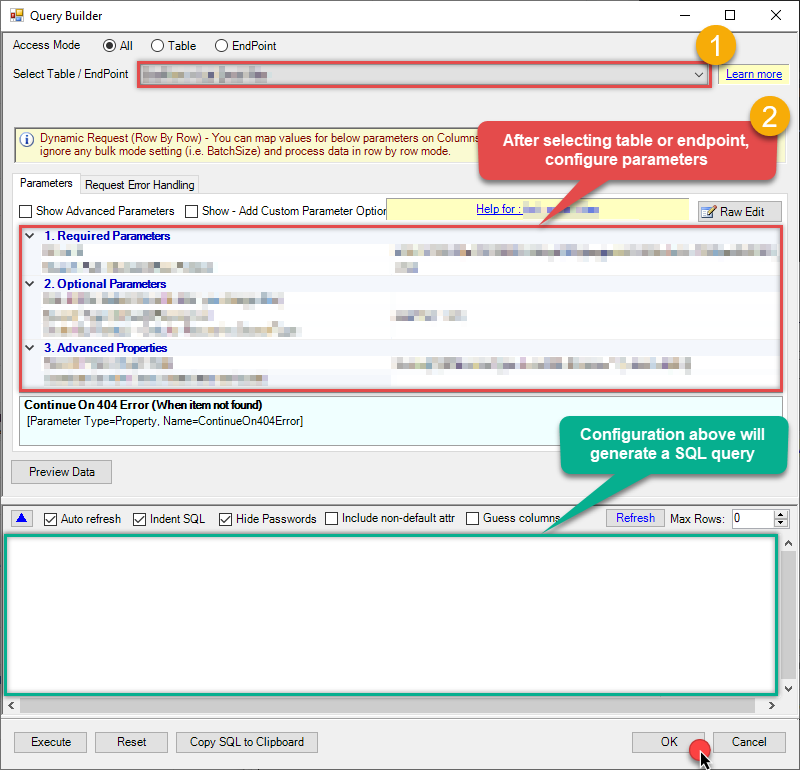 Some parameters configured in this window will be passed to the Gmail API, e.g. filtering parameters. It means that filtering will be done on the server side (instead of the client side), enabling you to get only the meaningful data
Some parameters configured in this window will be passed to the Gmail API, e.g. filtering parameters. It means that filtering will be done on the server side (instead of the client side), enabling you to get only the meaningful datamuch faster . -
Now hit Preview Data button to preview the data using the generated SQL query. If you are satisfied with the result, use this query in SSRS:
ZappySys API Driver - GmailRead / search Gmail messages, download attachments, send mail and more using Gmail REST API.GmailDSNSELECT * FROM Messages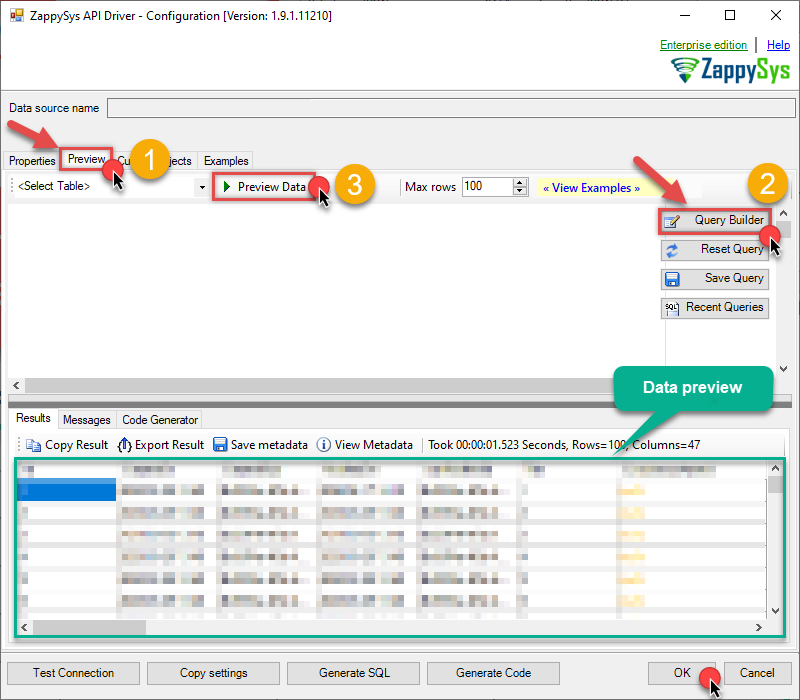 You can also access data quickly from the tables dropdown by selecting <Select table>.A
You can also access data quickly from the tables dropdown by selecting <Select table>.AWHEREclause,LIMITkeyword will be performed on the client side, meaning that thewhole result set will be retrieved from the Gmail API first, and only then the filtering will be applied to the data. If possible, it is recommended to use parameters in Query Builder to filter the data on the server side (in Gmail servers). -
Click OK to finish creating the data source.
-
Very important step. Now, after creating or modifying the data source make sure you:
- Click the Save button to persist your changes.
- Hit Yes, once asked if you want to restart the Data Gateway service.
This will ensure all changes are properly applied:
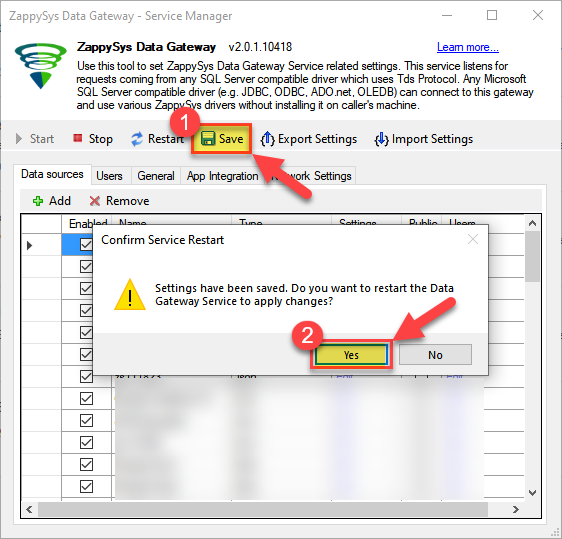 Skipping this step may result in the new settings not taking effect and, therefore you will not be able to connect to the data source.
Skipping this step may result in the new settings not taking effect and, therefore you will not be able to connect to the data source.
Read data in SSRS from ZappySys Data Gateway
-
Open Visual Studio and create a new SSRS project.
-
Then add a new Shared Data Source (you can create a non-shared data source inside report too):
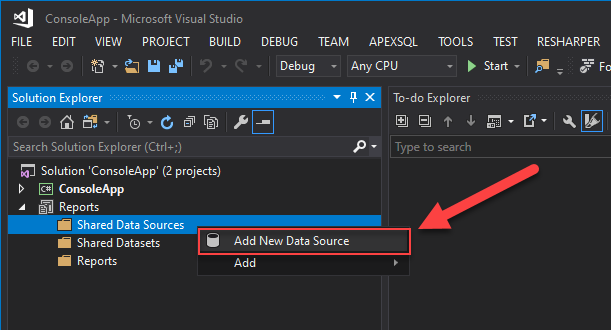
-
Continue with creating the Shared Data Source. Select Microsoft SQL Server as Type and hit Build button to proceed further:

-
Once a window opens, configure it similarly. Configure "GmailDSN" as database name. Finally, hit Test Connection and OK:
GmailDSN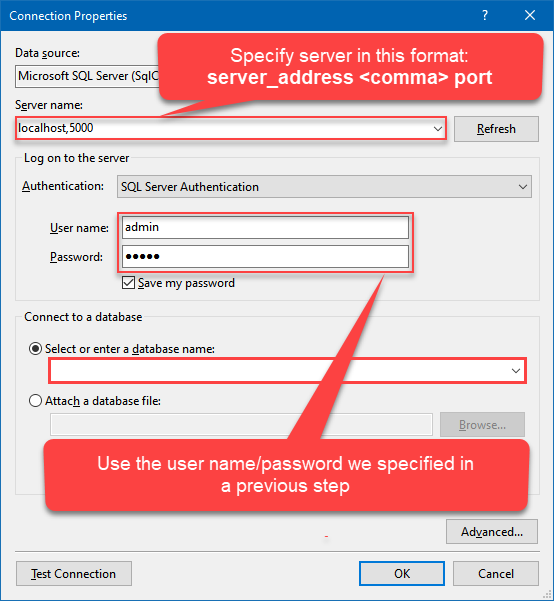
-
Another window opens, and it should look similarly to this one below which ends the creation of a Data Source:
DataSource=localhost,5000;Initial Catalog=GmailDSN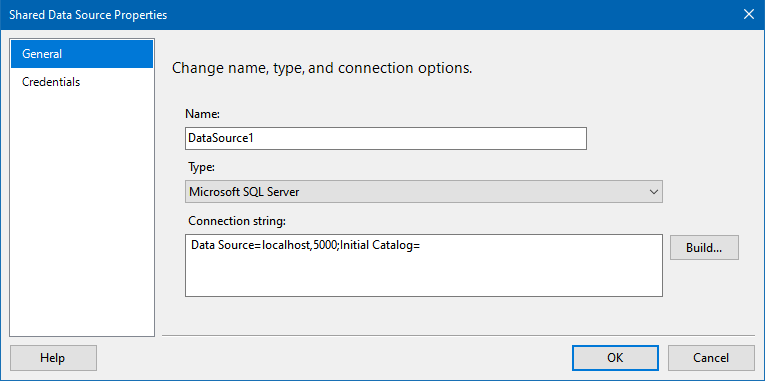
-
Now it's time to create a Dataset. If you don't have a report created, in one of the wizard's steps it will look like this:
SELECT * FROM Messages
-
Finally, once you complete the report, similar results will show up:

Passing Parameters to SSRS Report / Filter data
If you want to parameterize your report, then refer to this article
Actions supported by Gmail Connector
Learn how to perform common Gmail actions directly in SSRS with these how-to guides:
- Download Message Attachments (With search condition)
- Get a Specific Attachment included in a Specific Message for the Current User
- Get a Specific Message for a Specific User
- Get a Specific Message for the Current User
- Get labels
- Get List of Messages for a Specific User
- Get List of Messages for the Current User
- Get message attachment for user
- Get Message Attachments (With search condition)
- Send a New Message for the specified User
- Make Generic API Request
- Make Generic API Request (Bulk Write)
Conclusion
In this article we showed you how to connect to Gmail in SSRS and integrate data without any coding, saving you time and effort.
We encourage you to download Gmail Connector for SSRS and see how easy it is to use it for yourself or your team.
If you have any questions, feel free to contact ZappySys support team. You can also open a live chat immediately by clicking on the chat icon below.
Download Gmail Connector for SSRS Documentation








